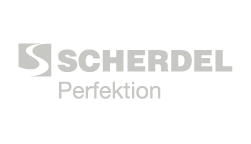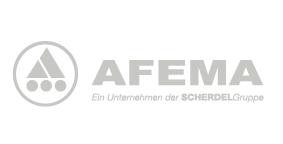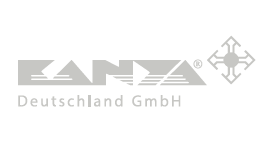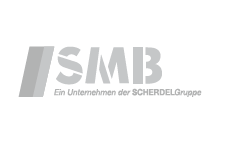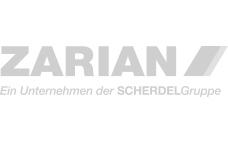STAMPING AND BENDING PARTS
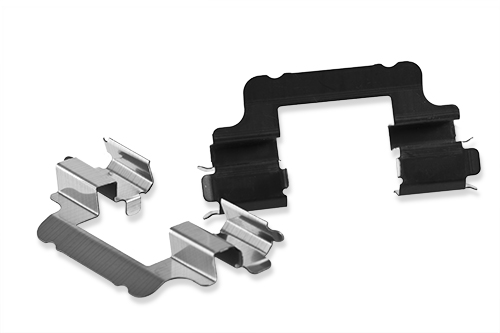
Automotive E‑Mobility Medical Leisure Industry
STRIP/STAMPING AND BENDING PARTS
One of the most variable products: Stamped and bent parts from strip material
Function:
Application-specific strip/punched bent parts with a wide range of functions
Description:
Stamped and bent parts made from strip material in coils are fed through the die as a “strip”. For example, stamped and bent parts in the wheel brake area.
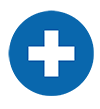
ADVANTAGES
- Many years of know-how in the field of stamping and bending technology. (spring steel, non-ferrous metals, cold-rolled strip)
- Functional integrations implemented many times
- Various joining techniques (material or form-fit: welding or pressure joining)
INNOVATION
- Economical use of material through efficient punching strip design
- Modular tools
PRODUCTION
- In-house prototype construction
- In-house process and development
- Extensive laboratory facilities for the development of innovations (incl. failure analysis and fatigue tests)
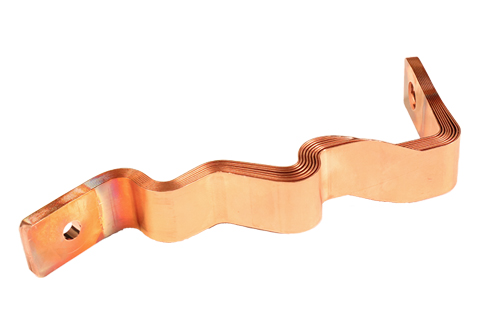
E‑Mobility
Flexible Busbars
Flexible busbars are the ideal solution for thermally and mechanically stressed system interfaces.
Function:
Unlike rigid busbars, the flexible multilayer busbar help to decouple systems and compensate operational length changes.
Description:
Multilayer copper busbars for battery module connectors, e‑motor interface and other e‑mobility busbar applications.

ADVANTAGES
- Compensation of system movements
- Tolerance compensation
- Multi-Position parts
INNOVATION
- Redesign of rigid busbars into flexible busbars
- Mechanical and electrical tests
- Process for high volume production
PRODUCTION
- Stamping/bending techniques
- Laser welding
- Resistance welding
- Diffusion welding
- Surface coatings
- Press-fit technology
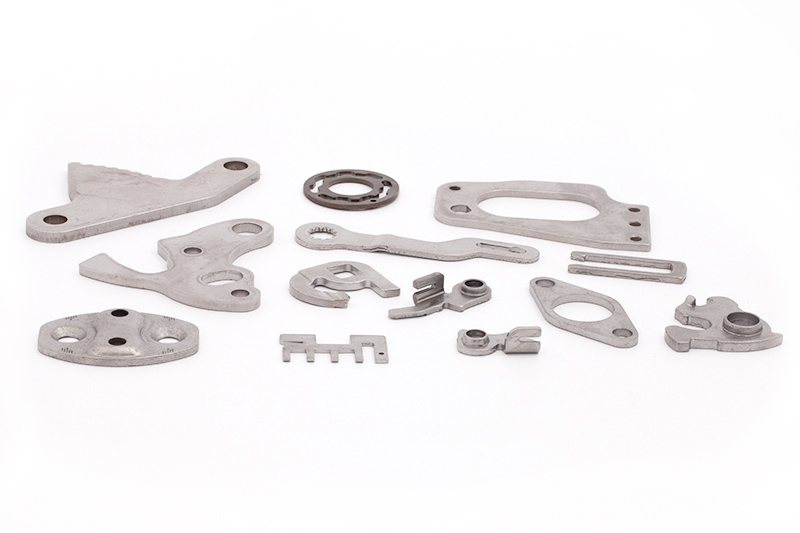
Automotive
FINE-BLANKING PARTS
FINE-BLANKING PARTS ARE CHARACTERISED BY EXTREMELY PRECISE RIGHT-ANGLED AND TEAR-FREE CUTTING SURFACES
Function:
Fine-blanking parts in highest accuracy for different applications.
Description:
The fine-blanking process allows a very smooth cutting quality at the cutting surface. Furthermore, massive forming and bending processes can be integrated into the fine-blanking process. Due to complete or local quenching and tempering processes, wear-reducing or resilient loads can be integrated.

ADVANTAGES
- Functional integration
- Highest mechanical load
- Weight reduction
- Use for dynamic load and high temperatures
INNOVATION
- Local hardening
- Flatness and dimension optimized quenching and tempering
- Use of SOF processes
PRODUCTION
- Forming simulation
- In-house prototype construction
- Fatigue strength tests
- Relaxation tests
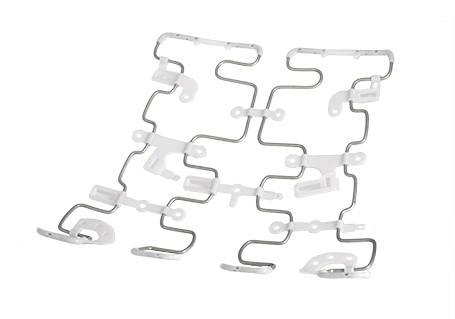
Automotive
PLASTIC METAL COMBINATIONS
THE PRODUCTION OF HYBRID COMPONENTS FROM METAL PLASTIC COMBINATIONS OPENS A WIDE RANGE OF POSSIBILITIES FOR PRODUCT DESIGN
Function:
Direct combination of plastic and metal without additional joining partners.
Description:
Using the outsert technology different products can be produced as hybrid plastic-metal combinations. the advantages of both material classes complement each other in an optimal way.

ADVANTAGES
- Complex assembly components can be represented as parts that fall off the mold
- Functional integration
- Weight saving
- High automation possible
INNOVATION
- Mold Flow Analysis
- FEM-aided design
PRODUCTION
- Plastic injection molding
- Surface coating
- Assembly operations(automated)

